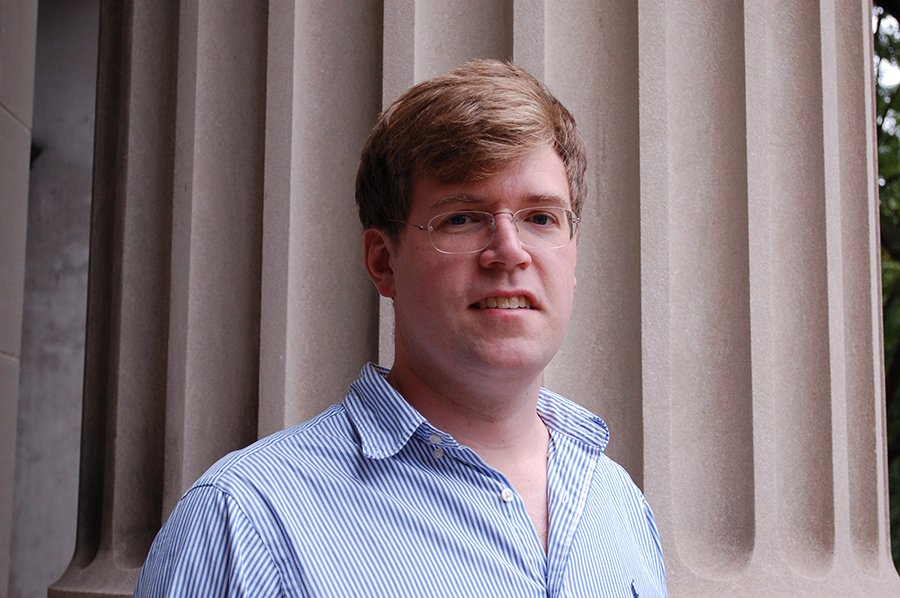Colloquium: Pat Kelly, University of Minnesota
Abstract: Massive stars drive the evolution of galaxies through their winds, ionizing radiation, and energetic explosions as supernovae (SNe). We have lacked a means, however, to study massive stars in detail beyond the very nearby universe, because it has not been possible to resolve individual stars in distant galaxies. Using the Hubble and, very recently, the James Webb Space Telescopes, we have discovered the first set of individual, highly magnified stars at cosmological distances. These become visible due to their extreme magnification by foreground galaxy-cluster gravitational lenses, with additional time-varying contributions from individual objects in the cluster. The fluctuation of their magnification depends upon the constituents of the foreground galaxy cluster, including of its dark matter, which will allow the use of these stars as powerful probes. I will next describe the measurement of a new, independent estimate of the Hubble constant from a multiply imaged, gravitationally lensed supernova (SN), and novel constraints on the radius of an individual red supergiant star at a lookback time of 11.5 Gyrs. Using the current sample of SNe multiply imaged by galaxy clusters, we have inferred a rate of core-collapse SNe at lookback times of 10-12 Gyrs that is in tension with existing constraints. Finally, I will describe the Total-Coverage Ultrafast Response to Binary Mergers Observatory (TURBO), which will enable insights into SN explosions and the mergers of their compact remnants in the nearby universe.
